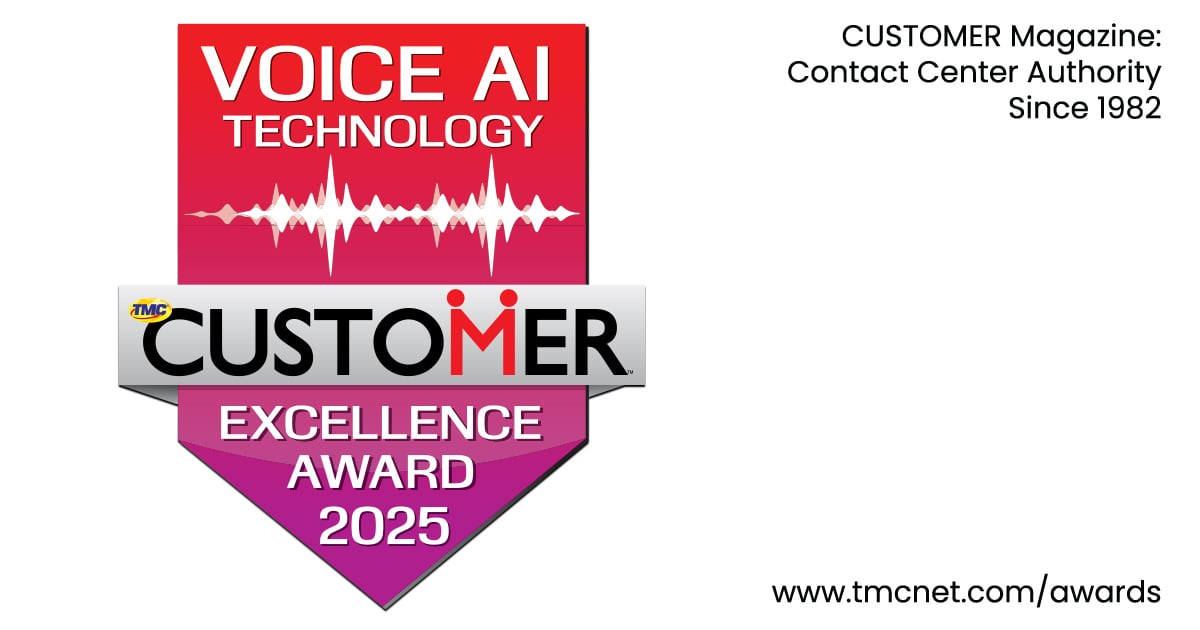
With the amount of data available today, and the increasing sophistication of systems and applications designed to support contact center and omnichannel CX solutions, it can be tempting to focus on the insights data captured and analyzed can deliver when it comes to operational improvements.
For example, it is now possible to record, transcribe and analyze voice calls, to capture and search keywords, to understand sentiment at a granular level, and to otherwise mine that data to reduce Average Handle Times (AHT) and more. Driving productivity in this fashion – shaping faster resolutions which agents and their managers are often measured and rewarded on – has become common and for many good reasons.
The shift we are seeing in the future, however, is to take this data and associate it with outcomes – measurable business outcomes – that transcend “cost savings.” While this shift may seem subtle, it is important, especially given the rising expectations of consumers, and their assumptions that the brands they buy from and remain loyal to understand them as individuals and are able to deliver highly personalized experiences.
In a hyper-digital world, where millennials and other generations live on their mobile devices and run their days connected to the Internet, it is almost as if individuals expect brand ambassadors, like contact center agents, to be mind readers. Just like a web application remembers them, like Amazon makes recommendations to them, like email offers are tailored to them based on preferences, consumers expect “their brands” to have a relationship that makes premium experiences possible – every single time.
Research across many analyst firms has proven that today consumers are buying experiences, not just products or services, and this year CX will overtake price and product quality as the main differentiator.
While leveraging data to generate more efficiencies, in turn reducing costs, is always a good idea, that is an operational discussion, whereas excelling at delivering personalized experiences is a marketing discussion.
How can we achieve both goals – streamlined operations and competitive experiences – by tapping into data?
This is where data architecture and science both play a huge role, and where cloud and everything-as-a-service takes on new meaning.
Multiple channels generate multiple data sources, and the orchestration of data from different technologies gets very interesting. For large enterprises who invest in comprehensive CX, and blend traditional voice contact centers with online chat, chatbots, web self-service, in-app service, social media messaging, and even support embedded into smart products, harvesting all the potential sources and mapping those interactions to a single customer is no easy task. Customers have choices, and the same customer may wish to check on an order, for example, on the web one day, but call in for an update the next day.
Harmonizing that information and using that information, captured and analyzed at the customer level, is not easy to do – but it is doable with the right software and design.
While contact center technology has matured, and while new approaches to improving customer experience (CX) are well underway, the industry has yet to deliver on the promise of the fast and friendly service consumers and business expect in 2020, but we are getting closer.
Well-meaning projects across channels have been funded and have failed, not because the ideas and vision weren’t right, but because the underlying data structure and systems were not ready.
In fact, given the proliferation of many kinds of data and analytics tools, even the most visionary and exciting projects have ended up failing given the lack of orchestration.
To truly deliver what Eventus calls “productive, predictive and personalized experiences” efficiently with a frictionless experience that delights customers requires data management and big data analytics excellence.
The ultimate state of success happens, in our experience with hundreds of Clients, when the balance is found between serving customers in highly personalized ways (quickly and accurately given the available data and applications being used) while at the same time reducing AHT.
In fact, through the orchestration of data that leads to an orchestrated, personalized experience, we may soon change the meaning of AHT from Average Handle Time to Average Happiness Time, or the relative time it takes to greet, understand, help and serve customers, enabled by data that empowers agents to be even more human.





